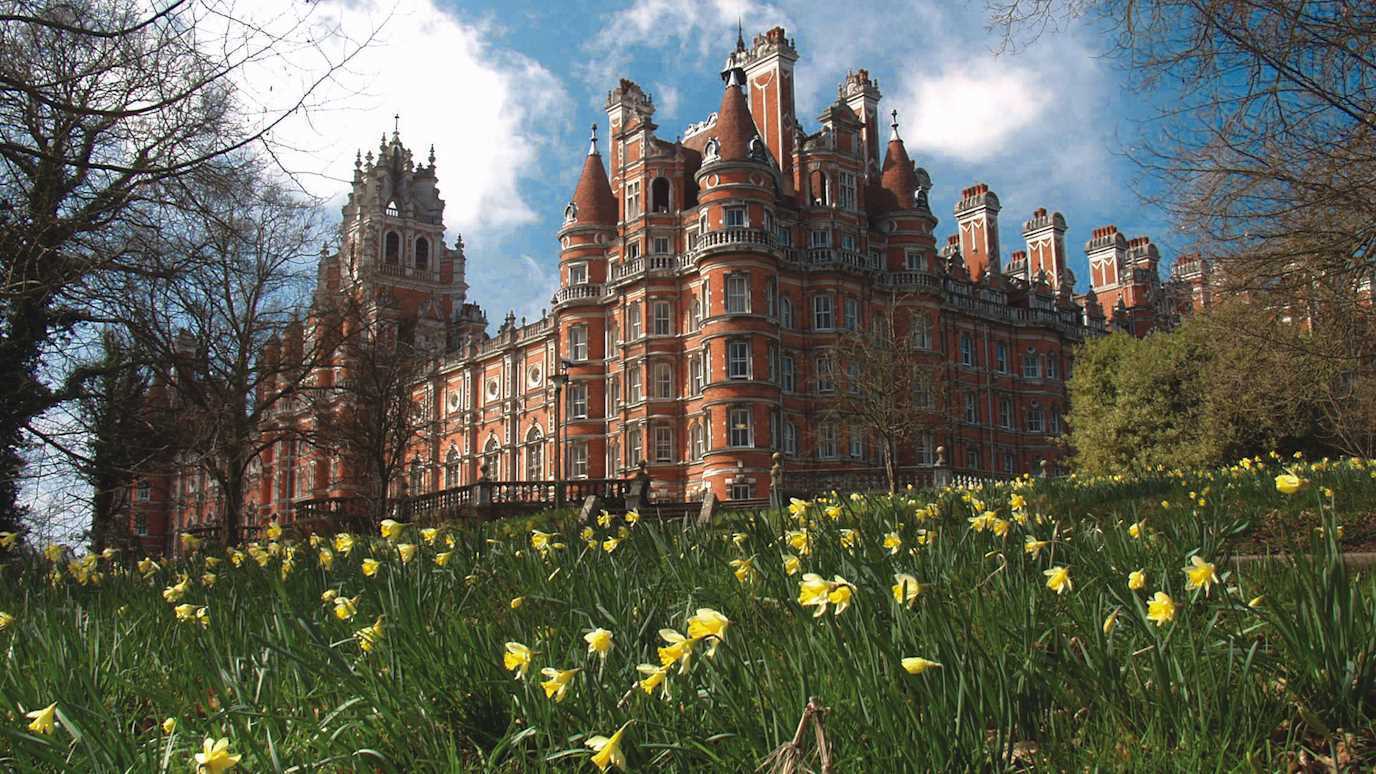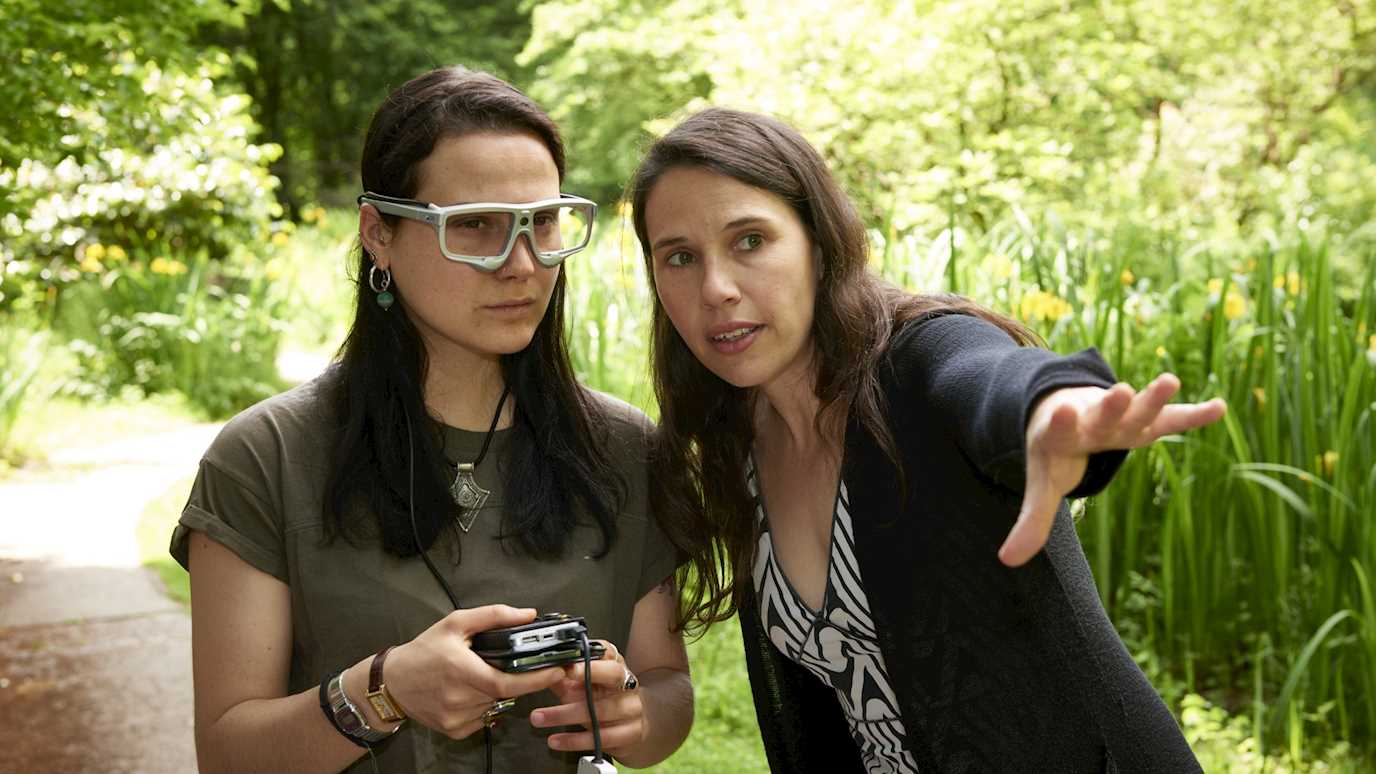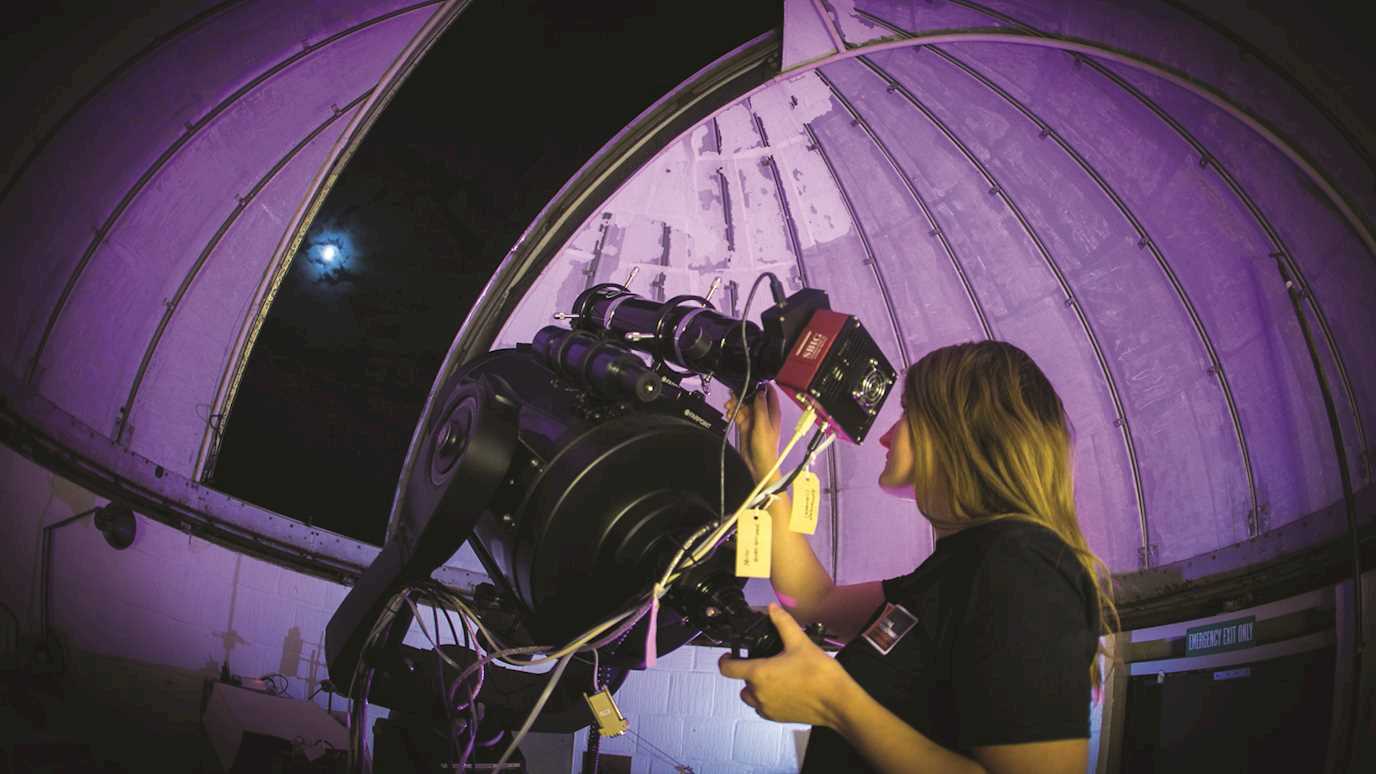Prof. Bryan Hickey (School of Physics and Astronomy, University of Leeds)
Lateral spin valves are used to generate and measure pure spin currents. Shaped like the letter H, the vertical bars represent an injector and a detector while the horizontal bar is a conductor which carries the spin current. We use permalloy (Py) as the injector and detector and either Ag or Cu as the conductor. A dc current is passed from the Py injector into the Ag and out again such that no current passes down the conductor towards the detector. Spin accumulation forms at the interface between the Py and the Ag and this diffuses down the conductor towards the detector. The potential at the interface between the Py and Ag is spin dependent and therefore as up-spins (say) diffuse towards the detector, down spins will diffuse in equal numbers towards the injector. The diffusion of opposite spins in opposite directions in equal numbers means that no net charge current flows in the conductor and hence there is no Joule heating – the resultant current is called a pure spin current. Pure spin currents have been suggested as a means of transporting information at lower energies than is possible otherwise. But charge currents are used to create the spin current and therefore Joule heat is generated in the detector. The thermopower of Py is about 20 times larger than that of Ag and therefore there are significant thermal voltages measured in lateral spin valves. We shall also demonstrate the behaviour of spin currents in Y-shaped three terminal devices designed to study rudimentary spin current circuits. Hence we will completely characterise the transport of heat and spin currents and resolve some of the long standing questions about the role of thermal transport in lateral spin valves.
Location: Shilling LT
























